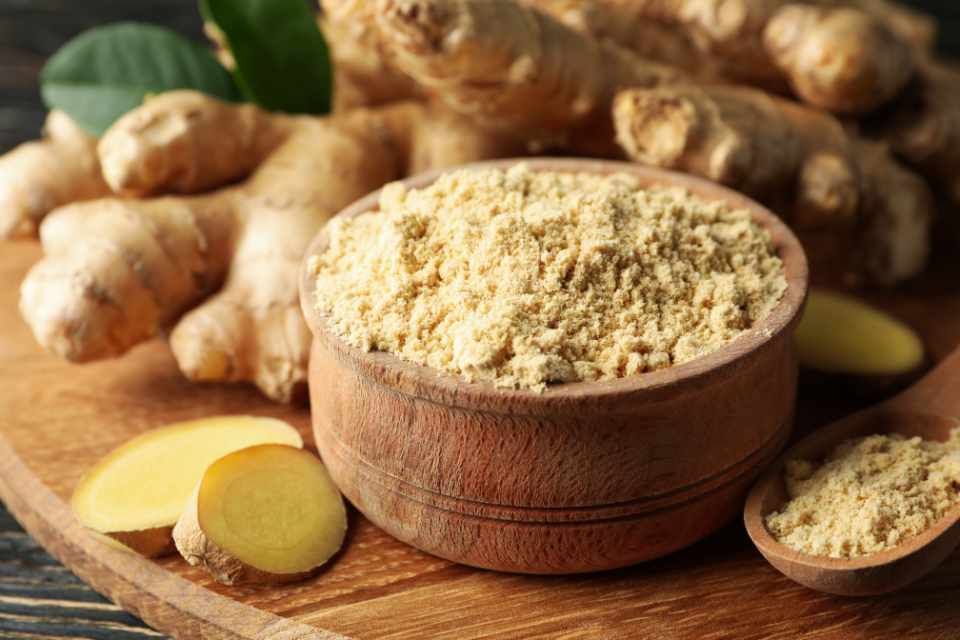Medicines made from plant material have been in use for thousands of years. In fact, in many parts of the world, herbal medicines are still the primary source of medicine. One of these traditional remedies still popular today is feverfew for migraine prevention.
Feverfew
Feverfew is a medicinal plant with a history of use for helping with fever, as its name suggests. It also has benefits for rheumatic conditions and digestive problems. It became known as a remedy for migraines after a Welsh doctor’s wife described using it. After decades of migraine attacks, she ate three leaves of feverfew daily. And her migraines completely disappeared in ten months. Since then, there have been a lot of studies on feverfew for migraine prevention.
Migraines
Migraines are intense pounding headaches. Nausea or vomiting and visual disturbances often accompany these headaches. The headaches may last for hours or days, though this does vary a lot. The recurrent pain usually occurs on one side of the head or face. And during an attack, the person will usually prefer to find a quiet, dark place until the headache subsides.
What triggers migraines?
There is usually something that triggers a migraine. The trigger could be a particular food, food additives, lack of sleep, stress, strong smells, sunlight or changes in the weather. So, of course, the best way to prevent migraines is to find out what your triggers are and avoid them. But, avoiding known triggers does not guarantee you will not suffer another migraine. So it would be best if you had effective remedies to help prevent them. So what is the best way to use feverfew for migraine prevention?
The bitter-tasting leaves of the feverfew plant are the part used. Eaten fresh from the plant, they don’t taste great. Eating them with food helps to disguise their flavour. However, research suggests that dried leaves have a better effect than fresh. And these can be in the form of tablets or capsules.
The studies show that starting with higher doses is better and reducing the amount to a maintenance level. Starting with higher doses means it could take three months or more before the remedy shows an effect. But, compare this to six to nine months using the lower amount of feverfew for migraine prevention.
How much feverfew for migraine prevention?
For adults, an effective dose is 250 mg of dried leaf in a tablet or capsule. Or, 3 to 5ml of 1:5 tincture of dried leaf. Or three or four fresh leaves of feverfew per day.
These are high doses and could be reduced to the equivalent of 50mg of dried leaf to maintain the benefit.
Children under twelve years should not take feverfew. For children with migraines, consult a qualified medical herbalist for guidance.
Feverfew is not without potential side effects. People using fresh feverfew are more likely to have side effects. The most common side effects are mouth ulcers, mouth or throat soreness or inflammation. It is best to discontinue use if you experience any of these side effects.
Yet, the reported side effects of feverfew are not all bad. Some people taking the remedy had better digestion, better sleep and an improved sense of well-being.
Though feverfew has a good safety record, there are some cautions. For instance, don’t take feverfew during pregnancy or breastfeeding without medical advice.
People taking blood-thinning medications such as aspirin or warfarin should take advice. Consult your doctor or a qualified medical herbalist before taking feverfew with these medicines.
How long should I take feverfew?
If you decide to try feverfew for migraine prevention and find it beneficial, continue taking it. Unless, of course, you have a reason not to, as discussed above. In trials, people discovered their migraines returned when they stopped taking their remedy. If you need to stop feverfew, it is best to reduce the dosage gradually. Perhaps over a month, rather than suddenly stopping.
As with any remedy, there is the possibility of an allergic reaction. A reaction is more likely if you also have a known sensitivity to other daisy family members. In this case, it is better not to try feverfew. The daisy family of plants include chamomile, ragweed and yarrow.
If you try feverfew for migraine prevention, I would be happy to hear your experiences of it in the comments section below.








0 Comments